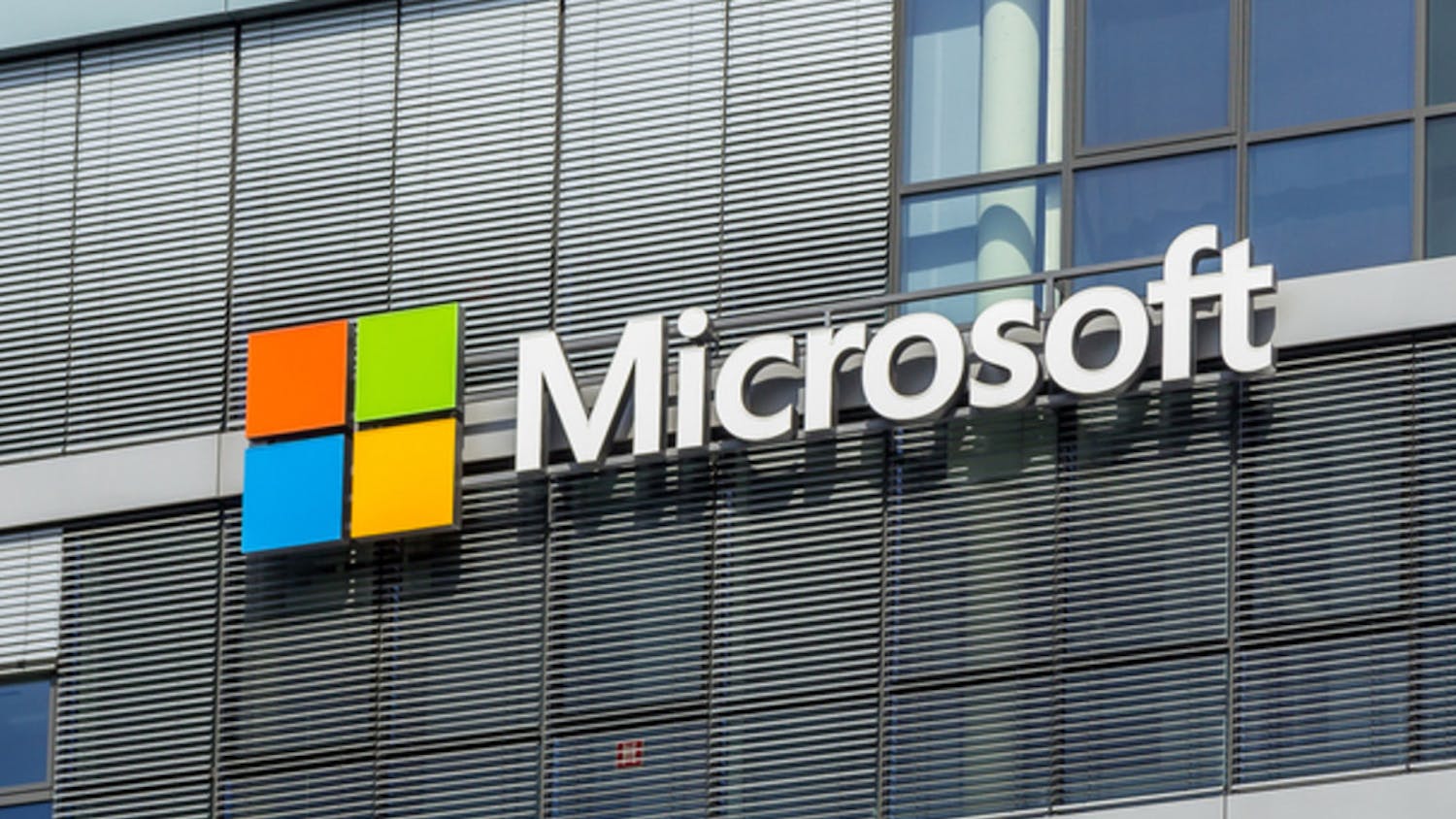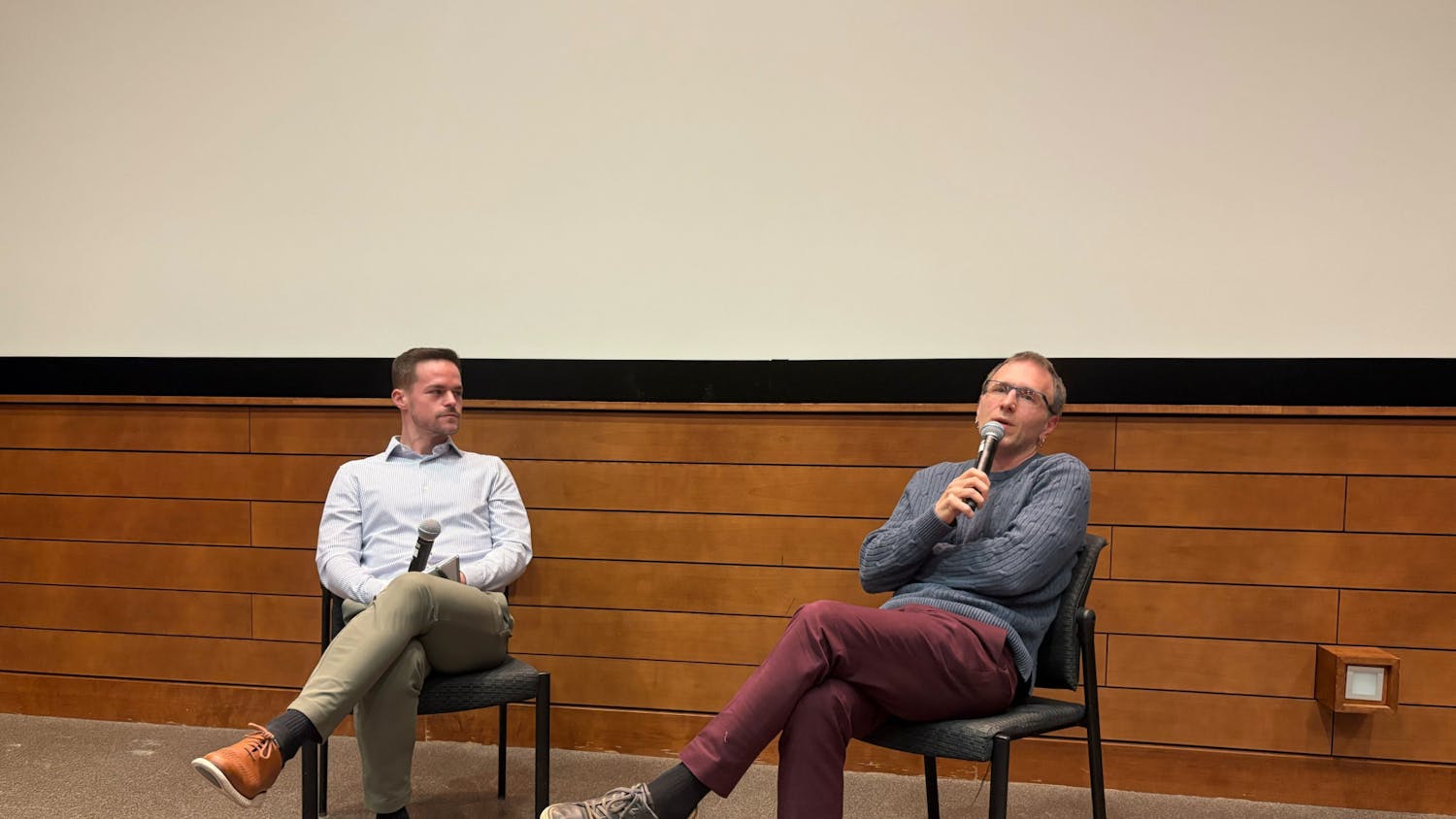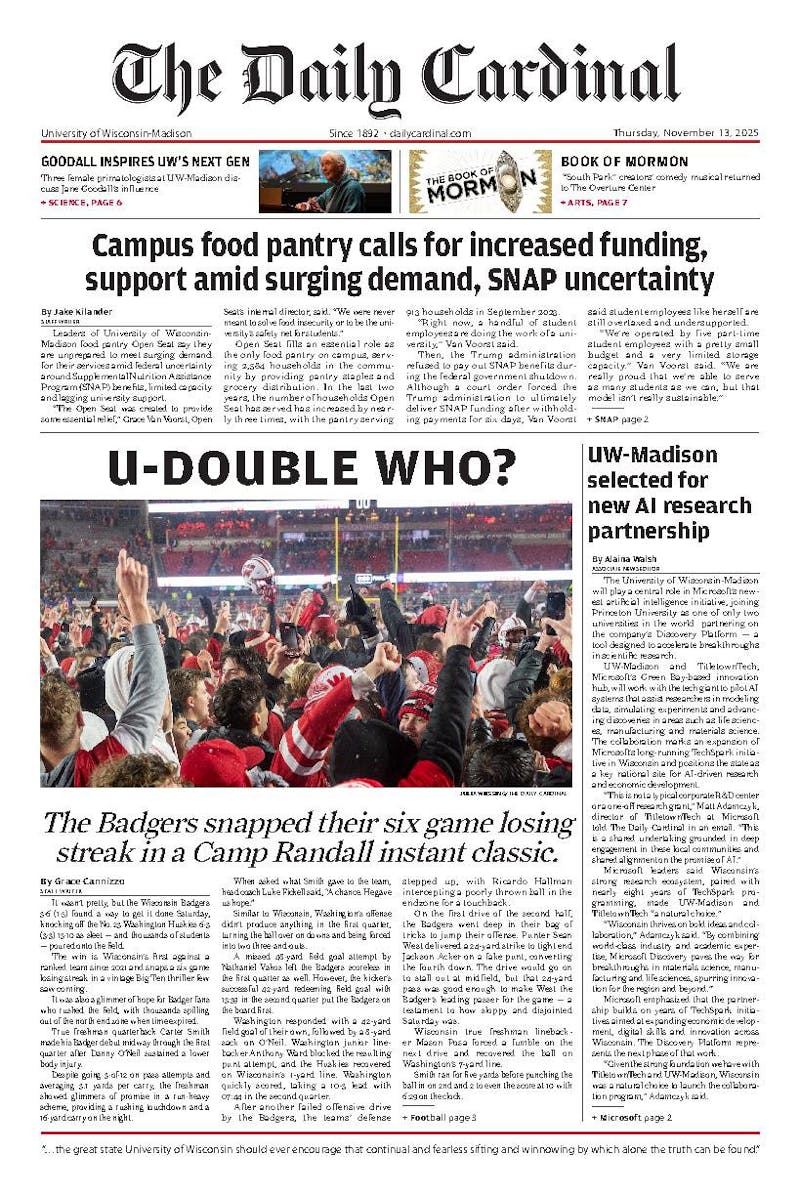Sweetest Day, celebrated the third Saturday of October, has evolved since it was started by a philanthropist and candy company employee who wanted to bring candy and small gifts to the underprivileged. However, if you celebrate by eating sweets that are
o sugar added"" or ""low carb"" versions of their original products, they may contain high intensity sweeteners up to 600 times sweeter than sugar. Not only candies and beverages but yogurt, canned fruit, tomato sauces and ice cream can now contain artificial sweeteners.
The first artificial sweetener was discovered serendipitously. In 1879, a scientist left his lab without washing his hands and later noticed that one of the chemicals he had synthesized had left a sweet flavor on his fingers. He called the molecule 'saccharin' and capitalized on the sweet characteristic of the compound. However, saccharin's bitter aftertaste led to the discovery of another product called cyclamate. 'Sweet 'n Low' was a product of cyclamate and saccharin mixed together, but that changed after the Food and Drug Administration found that cyclamate might be causing cancer in animals. With this new finding, cyclamate was banned from all foods in the United States. Aspartame was the next big step for artificial sweeteners, approved in 1981 by the FDA and marketed as 'NutraSweet.'
These are called the first-generation sweeteners because they have been around longest. Cyclamate, aspartame and saccharin are respectively 30, 200 and 300 times sweeter than sugar.
Although saccharin's discovery was by accident, the science of sweetness has evolved. Sweetness is perceived by an interaction of a sweet molecule with a receptor site in the taste buds. Although sugar is the 'golden standard' for providing sweetness to food products, scientists can use chemistry to emulate sweetness and develop new products to replace sugar.
This can be a challenge when considering not only the taste, but also the texture and function attributed to the sugar in many foods, UW-Madison assistant professor of dairy foods Scott Rankin said. When switching from sugar to high intensity sweeteners, the food industries' first priority is that the product ""be pleasant,"" Rankin said.
More recently developed artificial sweeteners, known as second-generation sweeteners, include sucralose, known as 'Splenda,' and Acesulfame-K. Sucralose is about 600 times sweeter than sugar and Acesulfame-K is 300 times sweeter.
Toxicological animal data on second-generation artificial sweeteners has led to approval of these products by the FDA.
Although saccharin has been found to induce bladder tumors in rats and mice, controversy exists as to whether these results are applicable to humans. Recently, it was determined that over 1,680 milligrams of artificial sweeteners per day does lead to a slightly increased risk of bladder cancer. It would take about nine cans of aspartame-sweetened Diet Coke to reach 1,680 milligrams of artificial sweetener, but only fountain Diet Coke contains saccharin.
With the exception of saccharin, the FDA does not approve substances that have been connected with toxicity to animals. However, because of consumer demand, saccharin has been approved. In 1977, products carried the warning, ""Use of this product may be hazardous to your health"" and ""This product contains saccharin, which has been determined to cause cancer in laboratory animals,"" became mandatory. Except for the saccharin caveat, artificial sweeteners used in this country have been approved by the FDA as safe when used as directed. However, it is important to note that aspartame is not suitable for people with phenylketonuria (PKU) disease, since they are unable to metabolize one if its components.
While artificial sweeteners have been labeled as 'safe,' studies have recently implicated them in disrupting the body's ability to count calories. The danger of this would be that a person might end up eating more calories than they would have otherwise. This data came out of a study done with rats that were given either saccharin or no saccharin and then allowed to eat as much as they wanted. Rats given saccharin ate more rat chow than the rats given no saccharin.
Again, some scientists debate how well this corresponds to human behavior, believing that humans have more discretion than rats when choosing to limit food intake. As noted by Rankin, one of the biggest predictors of cancer is calories. With consumer and health demand, the food industry is stepping up to the task of replacing sugars with high intensity sweeteners.
While artificial sweeteners may have a bad reputation, there is another substance that has been associated with diabetes, obesity, cavities and other maladies. That substance is sugar. UW-Madison Nutritional Sciences professor Dale Schoeller, urges people to ask themselves, ""should sugar be considered a safe sweetener?""





